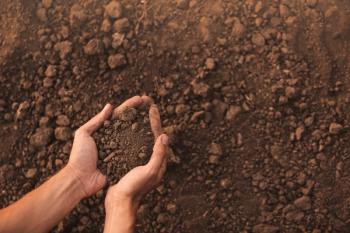
Our Water – Our Priority (TOC & AOX)
Webinar Date/Time: Tue, Sep 12, 2023 11:00 AM EDT
Discover how automated sample handling systems and argon gas dilution can provide robust and stable instrument performance when analyzing difficult samples such as seawater and airborne dust particles for climate and environmental research.
Register Free:
Event Overview
Access to clean drinking water is a crucial element of public health and wellbeing, and regulated in the USA by the Safe Drinking Water Act. Preventing wastewater contamination is part of environmental protection and part of the Clean Water Act. Both laws require monitoring of drinking and wastewater on a regular basis. Total Organic Carbon and Total Organic Halides are two important water quality parameters regulated by the EPA.
The webcast will demonstrate and compare different techniques for the analysis of Total Organic Carbon (TOC) and Organic Halides (AOX/TOX) in different types of water. Various instrumental solutions, optimized for different usage scenarios, will be presented to provide current and future analysts with the knowledge required to make informed purchasing decisions, and use their instruments efficiently to provide a high quality of analysis results.
Key Learning Objectives:
- The importance of clean and safe drinking water
- Technical considerations for reliable TOC, TNb, and AOX/TOX analysis in various water samples
- Good practices for sample preparation and sample handling
Who Should Attend:
- Lab managers and chemists involved in water analysis
- Water treatment plant managers, chemists and operators
- Environmental engineers, chemists and technicians
Speaker:
Oliver Buettel
Product Manager
Analytik Jena US
Mr. Oliver Buettel started his career with Analytik Jena in 2006 as an application specialist for atomic spectroscopy at the headquarters in Jena, Germany. Since then, he has taken various roles in the spectroscopy department and in product management. In 2017, he moved to the United States to support the growth of the North American organization with his expertise. As the Product Manager of North America, he also manages the Analytik Jena US Application Lab in Houston, Texas.
Register Free:
Newsletter
Get essential updates on the latest spectroscopy technologies, regulatory standards, and best practices—subscribe today to Spectroscopy.





